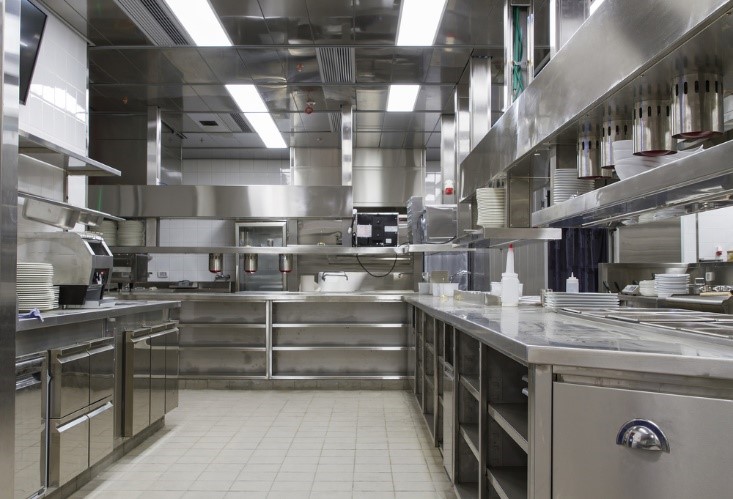Kitchen renovations are among the most transformative home improvement projects one can undertake. The kitchen, long considered the heart of the home, isn’t just a place for cooking—it’s a hub for conversations, family bonding, and daily rituals. Remodeling this space isn’t just about aesthetics. It’s about enhancing functionality, increasing property value, and adapting the home to suit changing lifestyles. That’s why planning is paramount before you start knocking down walls or replacing cabinets.
Understanding Why You Want a Change

Before you start browsing catalogs or watching design shows for inspiration, it helps to clarify the motivation behind the renovation. Is your kitchen structurally outdated or merely out of style? Are you aiming for more storage, improved layout flow, or modern appliances? Answering these questions creates a foundation for smarter decisions. A well-defined purpose shapes the layout, design, and budget parameters early on, preventing the project from spiraling into a costly labyrinth of indecision.
Setting a Realistic Budget
It’s tempting to dream big with Kitchen renovations NYC, especially when Pinterest and glossy magazines bombard you with images of marble countertops and custom islands. But budget matters more than dream boards. The average kitchen remodel can range from modest upgrades to full-scale reconstructions costing tens of thousands of dollars. Budgeting isn’t just about allocating money—it’s about balancing priorities. Maybe you want to splurge on high-end appliances but choose mid-range cabinets. Or prioritize layout changes over designer fixtures. A realistic budget must include labor, materials, permits, contingency funds, and even the cost of eating out while your kitchen is out of commission.
Planning the Layout and Flow
Remodeling isn’t only about style—it’s about practicality. Every great kitchen begins with a functional layout. The classic work triangle—sink, stove, and refrigerator—is still a guiding principle, but modern kitchens often adapt this into zones: prep, cooking, cleaning, and storage. Consider traffic patterns, how many people typically use the kitchen, and whether you need space for dining, working, or entertaining. If you’re expanding the footprint, structural changes like knocking down walls might come into play, and that requires careful coordination with architects and contractors.
Choosing Materials and Finishes
Material selection isn’t just an aesthetic decision—it determines durability, maintenance, and long-term satisfaction. Cabinetry can range from solid wood to engineered materials; countertops come in granite, quartz, laminate, or butcher block, each with pros and cons. Flooring must be resilient to spills and foot traffic. Even hardware like pulls and knobs play a role in the overall ambiance. Finishes should harmonize with your home’s style, whether it’s sleek and modern or warm and traditional. And beyond style, practicality reigns. Think: easy-to-clean surfaces, heat-resistant counters, and scratch-proof flooring.
The Ultimate Guide to Selecting the Best Glass Top Gas Stove for Your Kitchen
Finding the Right Professionals
Unless you’re a seasoned DIY expert, kitchen renovations usually demand professional input. Architects, interior designers, and contractors each play a role depending on the project’s scale. Hiring someone experienced ensures that design meets local building codes and that the build stays on schedule. Referrals, reviews, and portfolios are key when choosing your team. Communication is crucial—be clear about expectations, timelines, and budget restrictions. The best renovations are collaborative: your vision blended with professional expertise.
The Renovation Timeline and What to Expect
Kitchen remodeling isn’t a weekend job—it unfolds in stages. First comes demolition, followed by structural updates, plumbing and electrical work, flooring, cabinetry, countertops, appliances, and final touches. Each stage has its own timeline and dependencies. Expect disruptions. You might be without a working kitchen for weeks or longer. Temporary setups, flexible meal plans, and patience are essential. Even with perfect planning, delays can happen due to weather, supply chain hiccups, or permit issues. Staying informed and involved throughout each phase makes the journey smoother.
Personalization and Long-Term Value
While style trends shift over time, personal taste should anchor the design. A kitchen should reflect the people who use it—not just mimic something from a showroom. Whether it’s a built-in coffee nook, open shelving for cookbooks, or a herb garden by the window, details personalize your space. That said, resale value matters too. Renovations should strike a balance between uniqueness and broad appeal. Thoughtful updates make your kitchen enjoyable now and attractive to future buyers down the road.
7 Modern Luxuries Your Home Needs
Wrapping Up: More Than Just a Facelift
Kitchen remodeling is more than just updating cabinets or swapping tiles—it’s about transforming how a home functions. It’s the fusion of design, utility, emotion, and investment. The journey can be messy, expensive, and time-consuming, but the reward is a space that feels aligned with your lifestyle, ambitions, and personal aesthetic. With the right planning and the right team, your kitchen renovation can be one of the most fulfilling projects you ever undertake.

